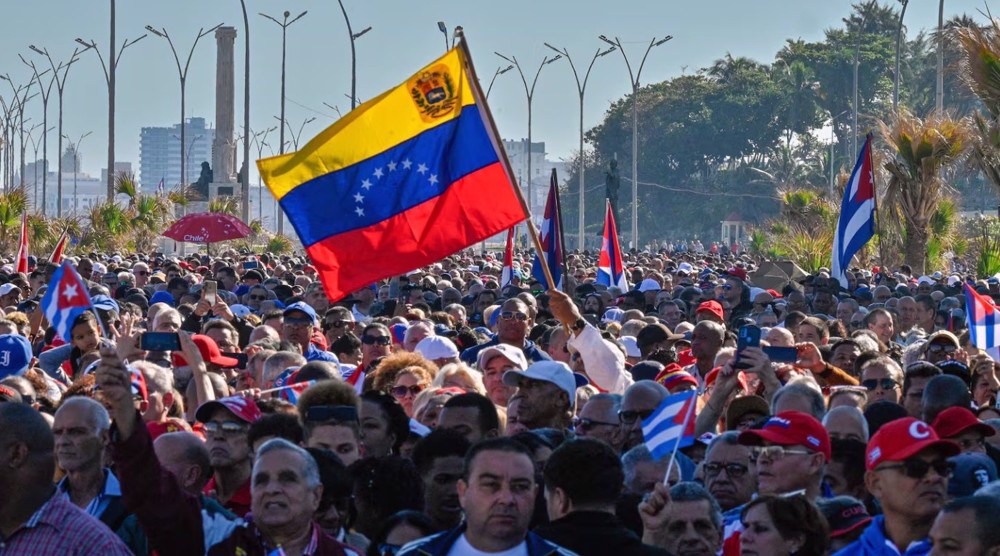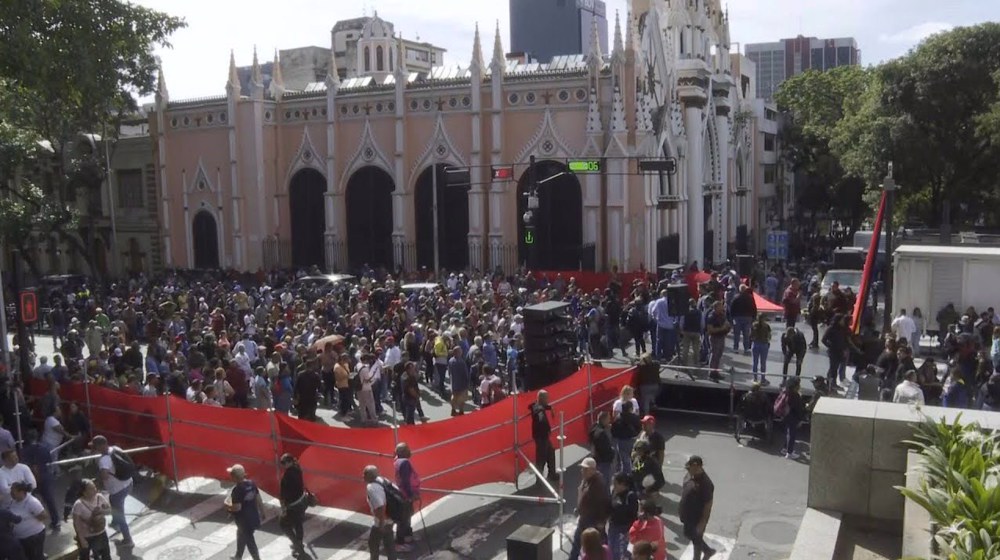'Great Conjunction': Earthlings treated to rare alignment of Jupiter and Saturn
The evening sky over the Northern Hemisphere treated stargazers to a once-in-a-lifetime illusion on Monday (December 21) as the solar system's two biggest planets appeared to meet in a celestial alignment that astronomers call the "Great Conjunction."
The rare spectacle resulted from a near convergence of the orbits of Jupiter and Saturn that happened to coincide with Monday's winter solstice, the shortest day of the year. For those able to observe the alignment in clear skies, the two frozen-gas spheres appeared closer and more vibrant - almost as a single point of light - than at any time in 800 years.
Jupiter - the brighter and larger of the pair - has been gradually nearing Saturn in the sky for weeks as the two planets proceed around the sun, each in its own lane of an enormous celestial racetrack, said Henry Throop, an astronomer at National Aeronautics and Space Administration headquarters in Washington.
At the point of convergence, Jupiter and Saturn appeared to be just one-tenth of a degree apart, roughly equivalent to the thickness of a dime held at arm's length. In reality, of course, the planets remained hundreds of millions of miles apart, according to NASA.
A conjunction of the two planets takes place about once every 20 years. But the last time Jupiter and Saturn came as close together in the sky as on Monday was in 1623, an alignment that occurred during daylight and was thus not visible from most places on Earth.
The last visible great conjunction occurred long before telescopes were invented, in 1226, halfway through construction of the Notre Dame cathedral in Paris.
The heightened brightness of the two planets as they almost merge in the sky has invited the inevitable speculation about whether they formed the "Christmas star" that the New Testament describes as having guided the three wise men to the baby Jesus.
But astronomer Billy Teets, acting director of Vanderbilt University's Dyer Observatory in Brentwood, Tennessee, said a Great Conjunction is only one of several possible explanations for the biblical phenomenon.
"I think that there is a lot of debate as to what that might have been," Teets told WKRN-TV in Nashville in a recent interview.
The next Great Conjunction between the two planets - though not nearly as close together - comes in November 2040. A closer alignment similar to Monday's will be in March 2080, an astronomer at the Harvard-Smithsonian Center for Astrophysics told Reuters text, with the following close conjunction 337 years later in August 2417.
Source: Reuters
VIDEO | Press TV's news headlines
Hamas: Israel escalating ceasefire violations in Gaza
Venezuela's government declares unwavering unity behind Maduro
VIDEO | Global outcry over Venezuela president abduction
Iran keeps wheat import subsidies despite cutting other food supports
Venezuelan military stands with acting president after US kidnapping of Maduro
VIDEO | Press TV's news headlines
VIDEO | Protesters in Toronto slam US kidnapping of Venezuelan president









 This makes it easy to access the Press TV website
This makes it easy to access the Press TV website